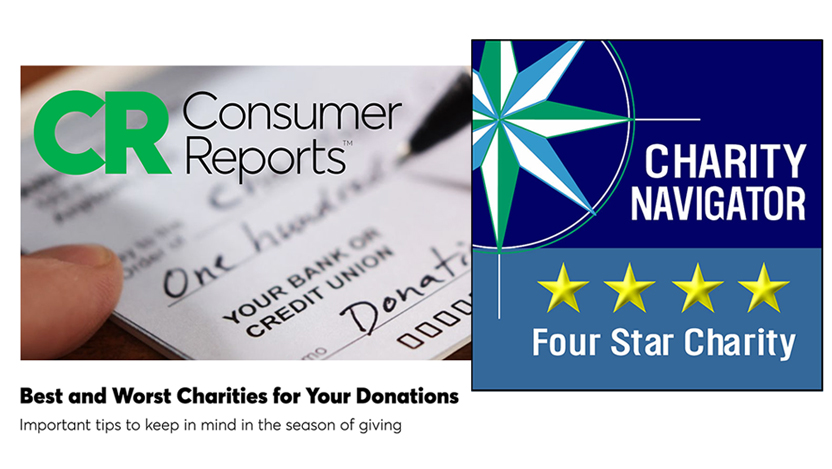By Joe Mussomeli
Every family has holiday traditions—ours is to visit New York City. For the past five years, my mom, dad, and brother, Alex, have committed a single hour drive to experience the magic of the greatest city in the world during Christmas time. When we arrive each December, Alex and I are in awe of the magical sight of neon Christmas lights covering Radio City and the giant tree in Rockefeller Center. Despite our fascination with the city’s holiday decor, nothing we see outside compares to the highlight of our annual tradition, attending a musical performance on Broadway.
Our first musical, Annie, was an incredible experience for our family, but it was difficult for Alex. Born with a hearing loss, Alex uses a hearing aid and cochlear implant. Though his devices have greatly helped him over the years, there are some situations where their benefits are limited. While watching Annie, Alex had trouble understanding some of the lines that the actors were saying, missing every few words spoken. As a result, he couldn’t grasp the full context of the story or make sense of the audience’s reactions. Whenever the audience laughed, Alex would laugh along with them. He laughed knowing that he had missed a word, had lost a sentence, and didn’t catch the joke.
Alex followed this copycat formula for the next few Broadway plays we attended. When we saw The Lion King, he was amazed by the costumes and the bright lights, but he couldn’t hear Timon and Pumbaa singing “Hakuna Matata.” The beautiful music in Aladdin delighted Alex, but he didn’t pick up on Jafar calling Aladdin a “diamond in the rough.” After we saw Aladdin, I asked Alex if he enjoyed the musical. He told me that he did, but felt as if viewing the show was like trying to complete a project without all the tools. For Alex, the musical was a puzzle and he had lost a few pieces while assembling the final product.
Last December, my family and I watched our newest musical, Dear Evan Hansen, and it was Alex’s favorite so far. We arrived at the theater happy to know there was a closed captioning option for guests with hearing loss. Weeks before, my parents had called the captioning company that provides services for Broadway musicals and reserved a closed captioning device for Alex. He was given a small tablet and was told that the actors’ lines would appear on the tablet as they were spoken. Minutes later, the musical began, and Alex was just as invested in the show as the rest of the audience. Now, he could understand everything that was happening on stage! It was an enlightening experience for him. He understood every sentence, took in every word, and laughed at every joke, and not for the sake of laughing along to fit in, but because he got the joke. When we finished the musical I turned to Alex and asked him if he liked it. He replied with three words: “I loved it.” Finally, Alex had completed his puzzle with ease.
Joe Mussomeli is a 10th-grade student who lives in Westport, CT. His younger brother, Alex, has been featured in Hearing Health magazine and is a participant in HHF’s “Faces of Hearing Loss” campaign.
















